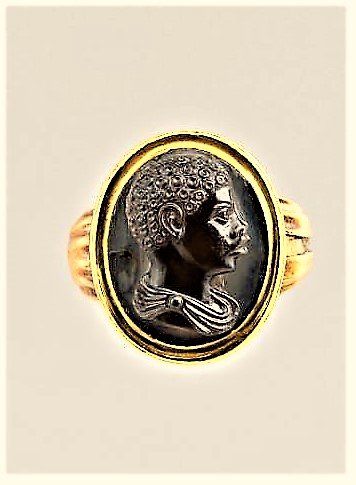Bust of an African boy
MANY of the best-known artists of the Renaissance (Peter Paul Rubens, Albrecht Dürer and Jacopo da Pontormo among them) made portraits of Africans. But who were the men, women and children they portrayed?

Date: late 16th century
Culture: Italian, probably Venice
Africans also chose to visit Europe, travelling on religious or diplomatic missions. A contingent of Ethiopian pilgrims based themselves in Rome and a touching Flemish engraving depicts “St Philip Baptising the Ethiopian Counsellor”. Another engraving is a portrait of “Don Antonio Manuele de Funta, Ambassador of the King of the Congo to the Pope”. Attempts to gain influence in distant lands worked both ways.
Africans in the Renaissance: Hue were they? | The Economist
The Italian Renaissance brought with it a wholehearted embrace of classical antiquity throughout the fifteenth and sixteenth centuries. Emulation of ancient cameos played a large part. Carvers invested ancient myths with increasingly refined compositions and techniques, paying close attention to the latest archaeological discoveries. Demand for Italian carvers took them to all the courts of Europe. Milan in particular developed a taste for cameos with wondrous atmospheric effects.

It is Cush; not Caucassians.